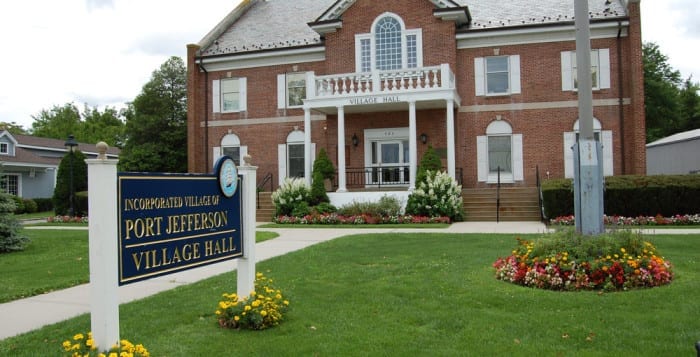Baseball is missing out on an entertainment gold mine. In most games, the third base coach is practically invisible, wandering in and out of a rectangular box that’s missing its back line.
Indeed, most of the time, the coach isn’t anywhere near lines that were drawn specifically for him. If those lines aren’t necessary, why draw them? And, if they are where the coach is supposed to be, then shouldn’t umpires enforce that rule? What kind of lessons are we teaching our children if the coaches can’t stay between the lines?
Are we telling them it’s OK to leave the lines? Or, maybe, we cleverly imagine that allowing them to stray from their limitations encourages children to exceed whatever limits others put on them — as happens in this space on occasion, but I digress.
No, you see, the third base coach spends an entire game performing: He appears to be simply scratching an itch on his nose, tapping his cap and motioning for sunscreen as he rubs his hand down his arm. Yet those gestures are a series of complicated signals that indicate what the batter and the runners should do before, during or after the next pitch.
Why does every team need to be so restricted and why does the coach’s facial expression always have to look like he’s trying to memorize a phone number written on a blackboard 90 feet away?
We are a creative culture, the endless Hollywood sequels to movies that shouldn’t have been made in the first place notwithstanding. Why can’t we encourage the third base coach to add entertainment and perhaps levity to a sport in which the home audience routinely watches players and managers shove sunflower seeds into their mouth and then expectorate them onto the field of dreams?
I have a few suggestions to bring more eyeballs to the third base coach and, perhaps, away from teams that long ago gave up hopes of a playoff berth. A coach could:
• Attempt to bring his hands together behind his back. Sal, as we’ll call him, could turn his back to the hitter, put one hand behind his back from below while reaching down from above with the other.
• Break into a one-person kick line. Who doesn’t love a great Broadway number? Sal could kick out his leg and raise his hat at the same time.
• Combine line dances. Sal could start with a Macarena, add a second of the wobble and then conclude with the hustle.
• Attempt to start a lawn mower. The coach could bend down as if he were fixing something on the ground and then pull straight up several times, hoping the engine catches.
• Wash his hands. This could serve two purposes: It could signal to the hitter to clean up his swing or mechanics; and it could remind everyone watching about the benefits of good hygiene, all the spitting and rubbing dirt between their fingers notwithstanding.
• Put a leash on an imaginary dog and stroll in place.
• And, finally, Sal could walk around his small box, tapping imaginary heads and then mouth the word “goose” and run back to his original spot.
These are just a few of the ways the forgotten man on the field might spruce up the game a bit. Maybe, if he caused the other team to focus on him enough, he might give his team an edge, allowing a runner on first to break for second as an appreciative pitcher became distracted by a coach’s antics. And, even if it didn’t work, it might bring a few smiles to fans during the dog days of summer.





